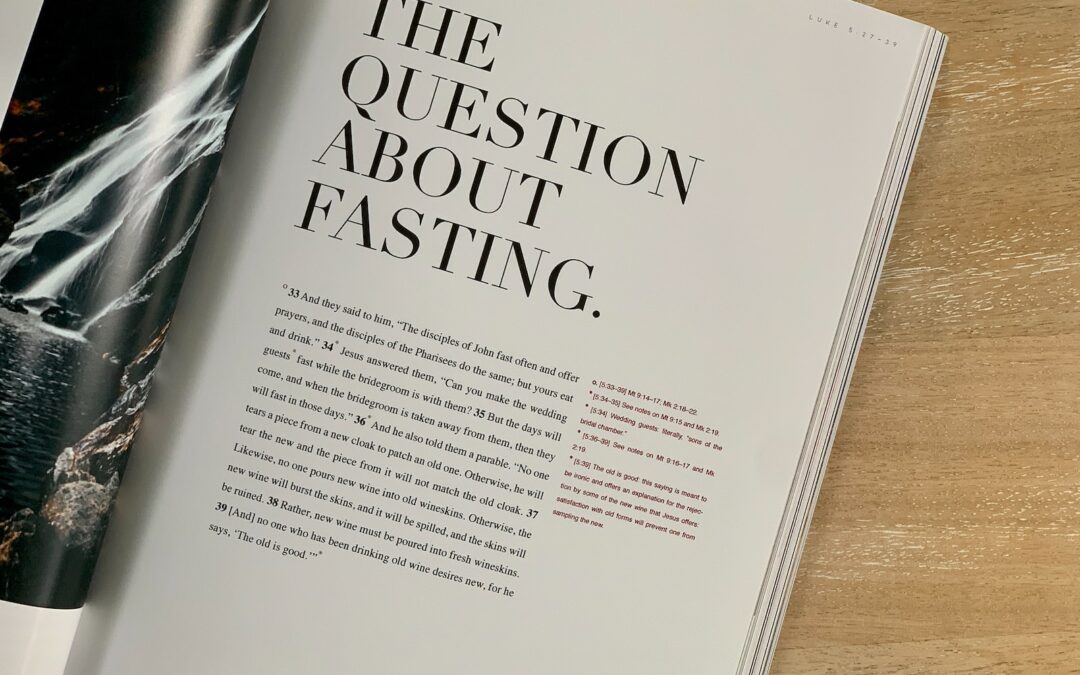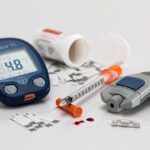Fasting with Diabetes
Do you fast? I’m Catholic and the idea of fasting brings to mind Ash Wednesday and Good Friday. Now it’s not my intention to get religious or into theology in this article, but the two fasting days are always a challenge. All I can think of is, that I want to eat something. So in my search for things to know and learn about prediabetes, one of the points that I have come across is fasting to help with diabetes. All I can think of is I’m hungry.
Fasting plans
As I said before fasting on the two days I’m supposed to fast is a challenge. The rule I have always followed is one meal, and not a fill your plate full of stuff. Actually looking at the normals for Catholic fasting allows for one regular size meal and two lite meals. That really doesn’t sound like much of a fast to me. Anyhow, when I look at my typical eating pattern on a normal day I come close to the fasting I’ve always done on Holy Days.
I skip breakfast, I’m a get out of bed and start working kind of person. On days when I’m home, normally the weekend, half the time I skip lunch. So the only meal I eat is dinner. So how close do I come to the proper fasting plans? Well, here’s a list of fasting plans:
- 16:8 Fasting – One of the most popular diets is the 16:8 diet. It makes the transition simple for anyone who is new to fasting. Your food choices do not have to be restricted during your eating window. A lower-carb diet with healthy food options can increase your results.
- 5:2 Fasting – Eat normally for five days during the week. Then on two of the days eat only a total of between 500 – 600 calories maximum. On the limited days, you can eat several small meals (2 – 3 meals). Fasting days don’t need to be consecutive.
- Eat Stop Eat Fasting Diet – For two days during the week fast for 24 hours, and eat as you would normally eat the other five days. On the non-fasting days be sure to eat nutritious foods. Here’s an interesting twist to fasting, you can eat each day. For example, eat something at 7 a.m. on Friday, an hour later, start your fast at 8:00 am, then 24 hours later have something to eat after the 24 hours fasting. Sort of a signing windrow.
- 4:3 Fasting – Basically you eat every other day, or fast every other day. I think that’s the same thing, isn’t it? On fasting days eat a maximum of 500 calories.
- Warrior diet -On this fasting plan you eat once a day. You’ll define a 20-hour time of fasting and have a 4-hour window that you can eat. Say between 6:00 pm and 10:00 pm. When you’re fasting, you are allowed to have small amounts of raw produce; berries, leafy greens, and drinks with zero calories. Something like green tea. A poached egg would be OK also. When you do eat a meal it should be healthful, organic, and highly nutritious food.
- One Meal a Day – This plan has you fasting for 23 hours and when a one-hour window to eat. It is best to eat well before bedtime and not overdo it when you do eat.
- Spontaneous Meal Skipping – This is pretty simple, eat when you’re hungry. When you do eat, eat a normal meal.
- Bulletproof Intermittent Fasting – Based on the Bulletproof coffee plan. You fast for 18 hours. You define a 6-hour window to eat. When you do eat the plan recommends a variety of quality fats to eat. This is based on keto dieting concepts.
In looking at the above fasting plans, the one that appeals the most to me, though I come close to all of them in one way or another, is the 16:8 Fasting plan. I can follow the same daily routine. I don’t have to worry about what day it is. I don’t like the plans that say to eat just 500 – 600 calories a day. That fasting would be too much like one of the Holy Days. The Spontaneous plan would be a problem since I can be hungry most of the time. It’s probably more in my head, but for now, I’ll say it’s my stomach that wants to be fed most of the time.
The Warrior plan is a second-place choice. It only has a four-hour window to eat and I like the eight-hour window on the 16:8 plan. A little more time to eat. Let’s take a closer look at the 16:8 Fasting plan.
My choice plan for Fasting
With the 16:8 fasting plan, you need to choose an eight-hour window to eat. For me, that window would be 2:00 pm to 10:00 pm. I could grab something at 2:00 pm and have a regular dinner at 6:00 pm, and still have time to get in a later evening snack before the 10:00 pm newscast. Of course, it doesn’t mean, that during the eight-hour window you pig out and eat like it’s your last day to live. You do need to follow a healthy diet. Processed foods are not on the menu. You need to stick with the typical nutrient foods; fruits, veggies, whole grains, healthy fats, and meats for protein.
If you’re fasting, you don’t have to give up all your favorite drinks. Water, tea, and coffee are all still fair game, and they can actually help control your appetite and keep you hydrated. So go ahead and enjoy them without guilt—just be sure to stick to the no-calorie versions.
And in conclusion
Yep, I’m going to try the 16:8 fasting plan. I think the hardest part will be moving lunch to after 2:00 pm. The office has a free lite lunch so I’ll have to grab something before it closes and let it sit on my desk until 2:00 pm. My other challenge will be to stay away from the donuts and pastries that get left in the break room. I always felt it was my job to clean those items up. Obviously, if they are leftover from some meeting everyone, must have had their fill and can’t eat anymore. I’m just being sure that we’re not wasting food correct? Makes sense to me. Fasting with diabetes is my lifestyle.
Please join our Facebook group and check out our other blog articles.
Read more: Bulletproof









